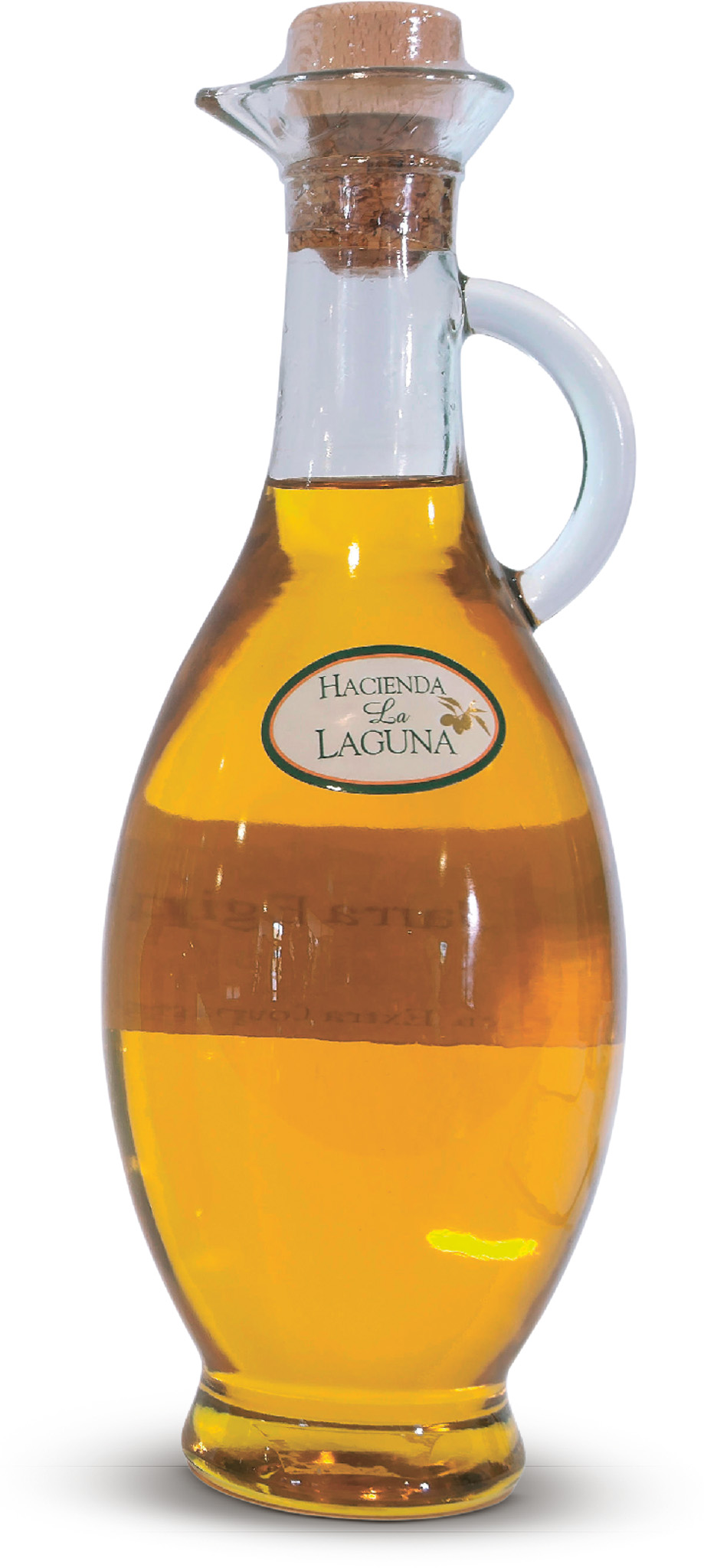
t Jaén, dominated by the Catedral and surrounded by olive groves
The Moors knew Jaén as Geen, meaning “way station of caravans”, and for centuries this area was a battleground between Moors and Christians. Today, the city centre is filled with smart shops, and in the evenings people take to the narrow streets to enjoy the tapeo.

t Jaén, dominated by the Catedral and surrounded by olive groves
Experience Córdoba and Jaén

n Double-tap image to read the labels
Andrés de Vandelvira, who was responsible for many of Úbeda’s fine buildings, designed Jaén’s cathedral in the 16th century. Later additions include the two 17th-century towers that flank the west front. Inside are carved choir stalls and a museum of sacred art. Every Friday, from 10:30am to noon and 5 to 6pm, worshippers can view the Lienzo del Santo Rostro. St Veronica is said to have used this piece of cloth to wipe Christ’s face, which left a permanent impression.
Noteworthy features of these 11th-century baths include tiny star-shaped windows, a hemispherical dome and two clay vats in which bathers once immersed themselves.
Tucked away in a narrow alley, this 16th-century chapel was founded by Gutiérrez González, who was treasurer to Pope Leo X. A magnificent gilded iron screen by Maestro Bartolomé de Jaén is the highlight of the chapel.
Founded in the 13th century, just after the Reconquest of the city, the Real Monasterio de Santa Clara has a curious 16th-century bamboo image of Christ made in Ecuador. You can buy sweet cakes made by the nuns from the convent.
Experience Córdoba and Jaén

Since the Phoenicians, or possibly the Greeks, brought the olive tree to Spain it has flourished in Andalucía, particularly in Jaén, which today has an annual production of more than 200,000 tonnes of oil. Harvesting, mostly by hand, takes place from December onwards.
This church’s façades are in three different styles. One is Gothic, with a mosaic of the Virgin descending on Jaén during a Moorish siege in 1430. A second is partly Plateresque and the third is Neo-Classical. Inside, the high altar is by Pedro and José Roldán. There is also a chapel which enshrines the Virgen de la Capilla, Jaén’s patron saint.
Hannibal is believed to have erected a tower on this rocky pinnacle, high above the city. Later the Moors established a mighty fortress, only to lose it to the crusading King Fernando III in 1246. A larger castle was then built with huge ramparts. This has been restored and a medieval-style parador (inn) built next door.
Take the sinuous road up to the Torre del Homenaje for stunning views of the city, and the surrounding landscape, including the olive-tree-clad Sierra Morena and the mountains of the Sierra Nevada.
This building incorporates the remains of the Iglesia de San Miguel and the façade of a 16th-century granary. A Palaeo-Christian sarcophagus and Greek and Roman ceramics are among the articles on display.
Nearby is the Plaza de las Batallas and a memorial to the defeats of both Napoleon and the Moors.
Experience Córdoba and Jaén
|
SHOP Pepitina Ruiz Silk Natural silk garments, scarves, fans and accessories are made and sold here. ⌂ Paseo de la Estación 14 Oleoteca Jaén Olive oil, the liquid gold of Andalucía, is sold here in more than 50 different varieties. Expect top-shelf extra virgin oil, as well as gourmet foods and artisan souvenirs. ⌂ Calle Maestra 9 § 953 82 34 24 Galería de vinos Caldos Dedicated exclusively to the world of wine, Caldos stocks both local and international varieties. ⌂ Calle Cerón 12 ∑ vinosjaen.com |